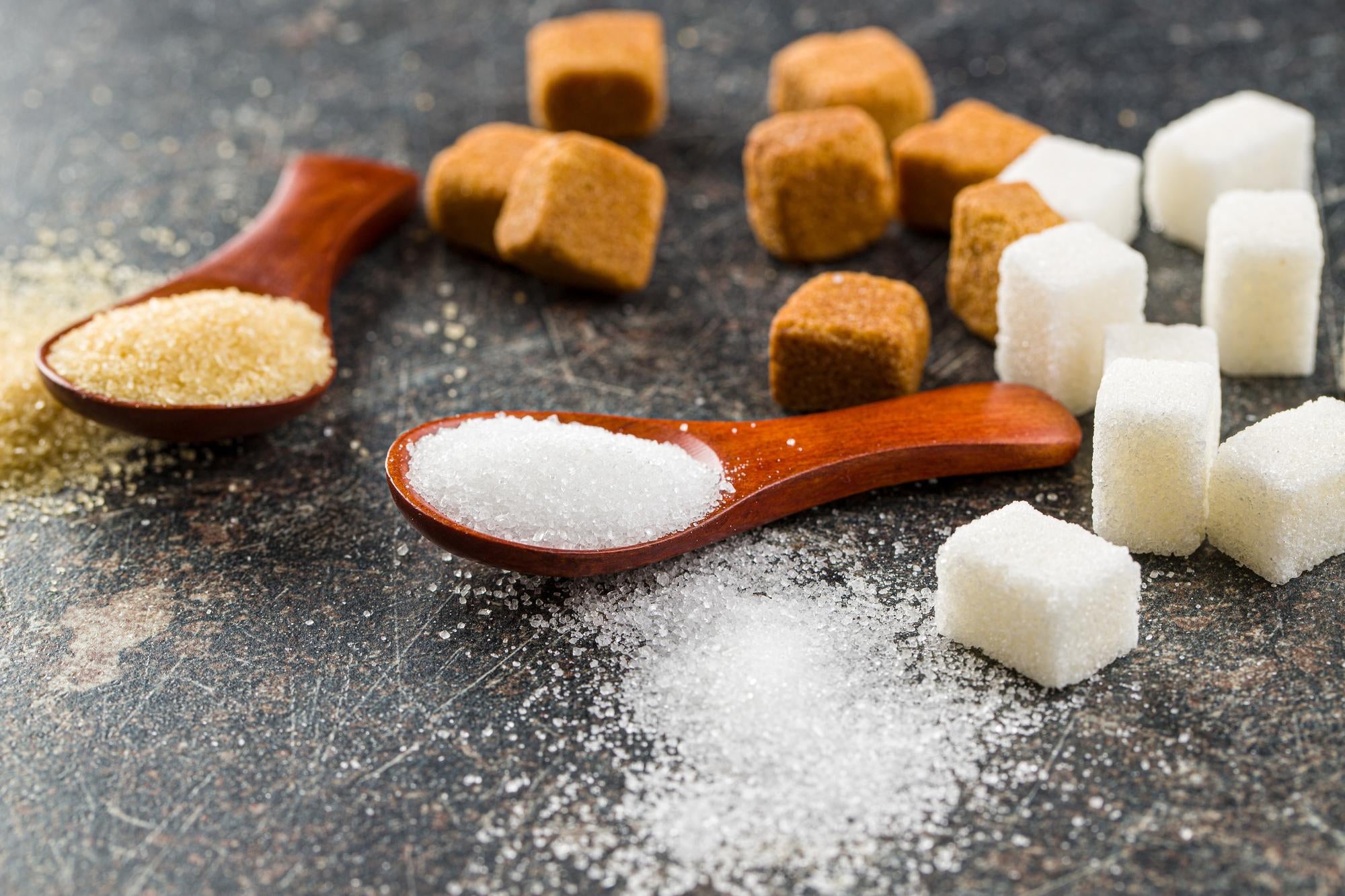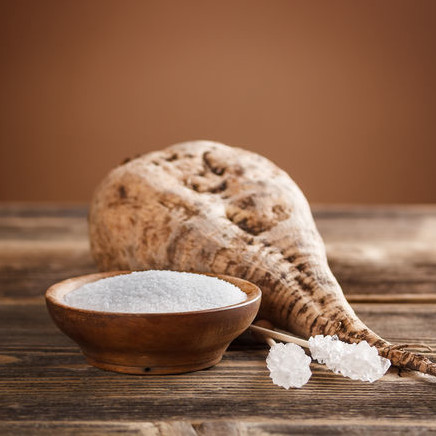When looking at beet sugar vs cane sugar, some argue that one melts better than the other.
Discovering the Distinctions in operation and Benefits Between Beet Sugar Vs Cane Sugar
In the cooking world, the selection in between beet sugar and cane sugar is not merely concerning sweetness but entails a nuanced consideration of taste, application, and effect. While both sugars stem from various plants, each undergoes one-of-a-kind production procedures that subtly affect their attributes and suitability for different dishes. As cooks and customers increasingly focus on both the environmental and taste profiles of their active ingredients, recognizing these distinctions comes to be vital. This exploration supplies insight right into how each sugar kind can best enhance culinary creations.
Origins and Manufacturing Procedures of Beet and Cane Sugar

Walking cane sugar, on the other hand, comes from the sugarcane plant, an exotic grass indigenous to Southeast Asia and now grown in exotic zones worldwide. The production of cane sugar starts with the harvesting of cane stalks, which are crushed to launch the juice. This juice is after that boiled to concentrate it, after which it is rotated in centrifuges to generate raw sugar crystals. These crystals are further fine-tuned to create the white sugar commonly available in stores.

Nutritional Content and Wellness Considerations

When contrasting the nutritional material of beet sugar and cane sugar, it comes to be obvious that both kinds essentially supply the very same caloric values, with about 16 calories per tsp and no substantial nutrient diversity. Each is composed nearly totally of sucrose, which is a basic carb that provides fast power yet lacks vitamins, minerals, or fiber. This similarity reaches their effect on wellness, particularly concerning blood glucose levels. Both sugars, when consumed in excess, can contribute to elevated blood glucose degrees, a danger variable for diabetes mellitus and other metabolic problems. Furthermore, extreme intake can result in weight gain and dental problems, as both sugars are similarly cariogenic, advertising dental cavity. From a wellness viewpoint, regulating consumption of any kind of kind of sugar, whether from beet or cane, is suggested to stay clear of these possible adverse results on well-being. Hence, neither weblink holds a distinctive benefit over the other in terms of health benefits.
Flavor Accounts and Culinary Applications
Despite their similar chemical frameworks, beet sugar and cane sugar vary discreetly in flavor, which can influence their use in different cooking contexts. Walking stick sugar often brings a hint of molasses, also in its polished kind, offering a cozy, caramel-like undertone that enhances baked goods, coffee, and chocolate-based recipes. On the other hand, beet sugar is defined by its extremely improved, neutral preference, making it a versatile sweetener that does not alter the flavor profiles of dishes.
Environmental Impact and Sustainability
While both beet and cane sugars are stemmed from plants, their ecological effects vary considerably as a result of the distinct methods of cultivation and processing needed use this link for every. Sugar beet cultivation typically includes substantial automation, which can increase fossil gas intake and carbon Recommended Reading exhausts. Nonetheless, beetroots can be grown in cooler climates and require much less watering, possibly minimizing water use contrasted to sugarcane. Sugarcane, on the other hand, is usually grown in tropical areas where it depends heavily on irrigation and a much longer growing period, enhancing its water footprint.
Moreover, the handling of sugarcane often generates a considerable amount of waste, consisting of bagasse, which, although usable as biofuel, regularly contributes to air contamination if shed inefficiently. Sugar beet processing uses more of the raw products, resulting in less waste. Both industries deal with challenges in minimizing their environmental impacts, but continuous innovations in farming practices and waste administration are aiming to enhance sustainability.
Economic Elements Affecting the Sugar Industry
The financial characteristics of the sugar industry are substantially affected by international market demands and trade policies. Aspects such as tariffs, aids, and global trade agreements play vital roles fit the competitive landscape. In areas where sugarcane or sugar beet manufacturing is subsidized, manufacturers might have a monetary benefit that allows them to use lower prices on the worldwide market. This can create variations in success and market gain access to for producers in nations without such aids.
Furthermore, fluctuations in international need for sugar, affected by dietary patterns and industrial usage in foodstuff, straight impact prices and production degrees. beet sugar vs cane sugar. Weather likewise play a critical role, as they can significantly influence plant yields and, consequently, the supply chain. This irregularity presents a level of financial unpredictability that can result in investment volatility in sugar manufacturing markets, influencing choices from growing to market technique
Verdict
In verdict, both beet and cane sugar have unique top qualities that suit various cooking needs. While cane sugar conveys a rich taste perfect for improving baked items, beet sugar's neutrality is best for lighter dishes.